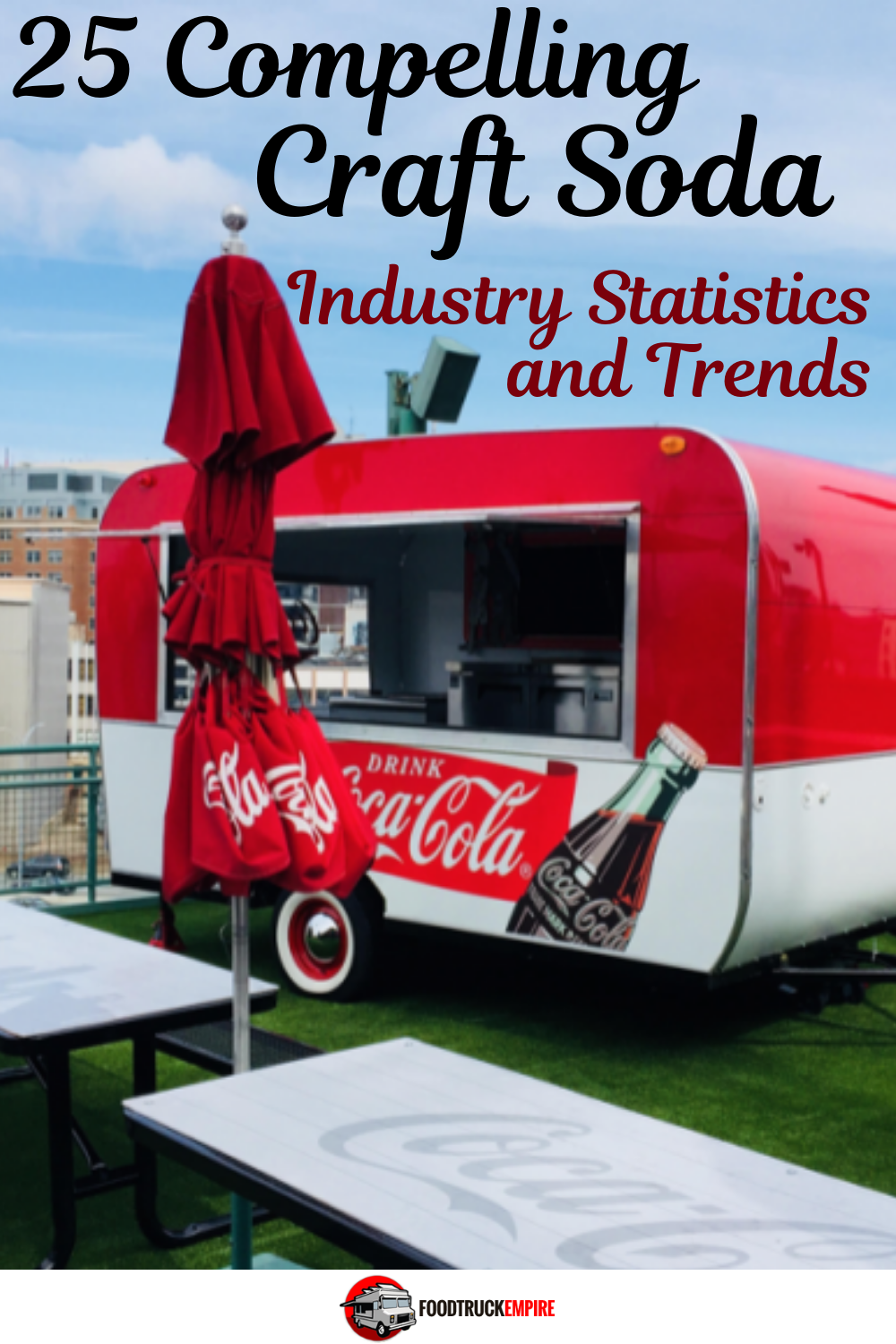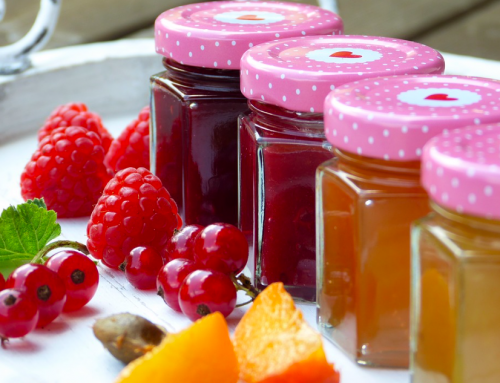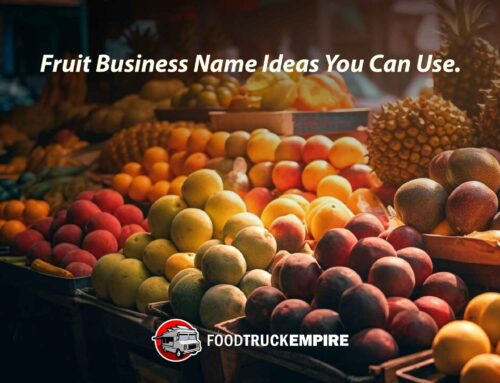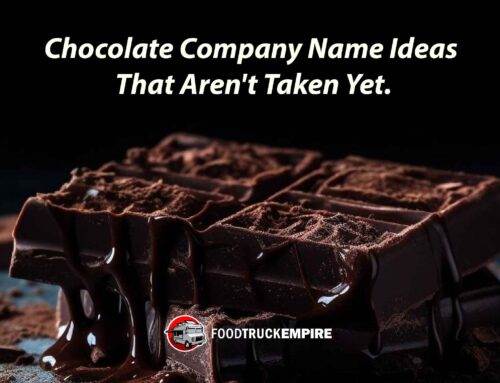Craft soda, just like craft beer, is hardly a new competitor in the mainstream beverage market. In fact, locally produced craft sodas have been in existence since the late 1800s.
Among these regional soda brands were Moxie, Cheerwine, White Rock, and Boylan. Today, the craft soda industry is poised to challenge the behemoths that once ruled the landscape to its predecessors… the mass-produced carbonated soft drink you know and maybe used to love.
Similar to how craft beer took gulp out of big beer’s profits, craft sodas are giving companies like Pepsi and Coca-Cola a run for their money. In fact, as a direct response to the challenge, Coca-Cola introduced new flavors like California Raspberry and Georgia Peach developed through comprehensive research of about 30 flavors tested using 9,500 respondents.
In this industry report, we evaluate the craft soda industry and identify trends that can help you if exploring this market. Could craft soda become as popular as craft beer? Probably not. But the product is an exciting part of the beverage industry and that’s poised for further growth over the next decade.
Craft Soda Facts and Stats
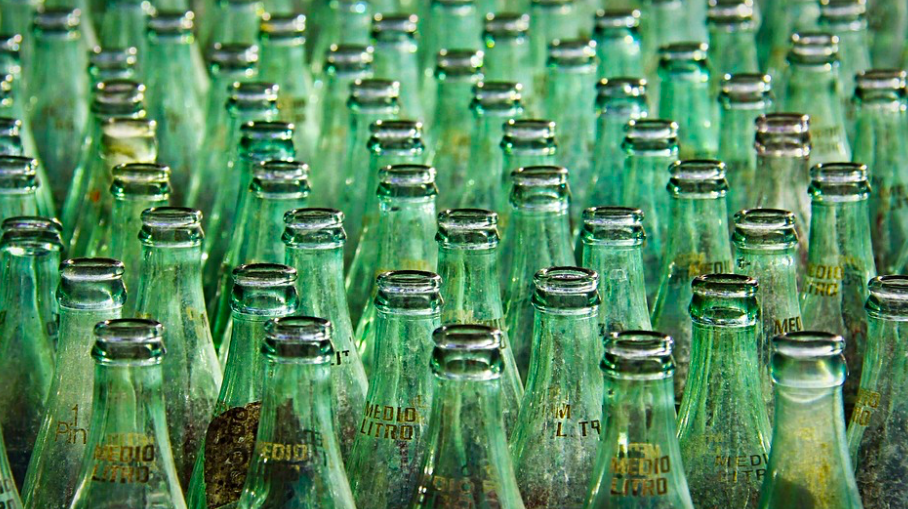
99 bottles of soda on the wall….
According to a craft soda consumer report, 40% of respondents drink craft sodas because of their distinctive flavors. (SlideShare)
In a study, craft soda manufacturers approximated that craft soft drinks can penetrate the market between 2% to 10%. (Morning Advertiser)
North America and Europe currently hold the majority of the craft soda consumption market, however, rising sales in many Asian countries make the region a future major market.
Related Reading: 21 Fascinating Hard Cider Industry Trends and Statistics
A study on who buys craft soda revealed: People with children, generally under the age bracket of 25 to 34; those who want to try something new; and those who drink during meals or on special occasions. (SlideShare)
According to a poll conducted by craft soda maker, Dalston’s, 80% of customers crave for finer, non-alcoholic beverages. (Morning Advertiser)
Craft sodas could cost three times as traditional carbonated soft drinks and typically come in packs of four instead of six or twelve packs that traditional CSDs are known for.
Despite being available through online retailers for some time already, craft sodas have in big supermarket’s shelves for barely 18 months (to 2017) as they had noticed the non-alcoholic beverage’s potential. (Metro)
The “Young Adult” sector holds a substantial piece of the craft soda market. This can be attributed to the changing to healthier habits of this age group and seeing craft sodas as healthier alternatives from traditional CSDs. (PR Newswire)
The U.S. Craft Soda Market
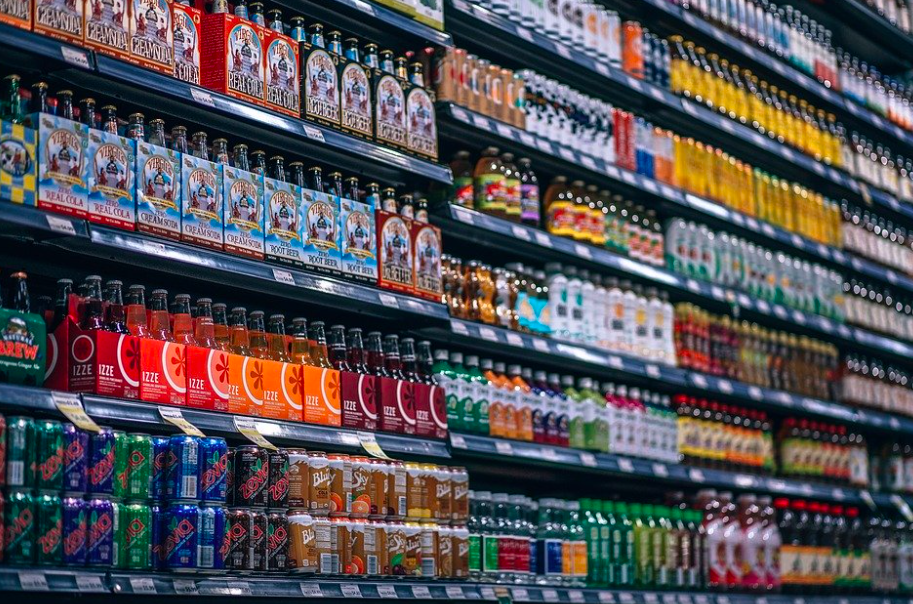
Specialty soda isle at a local grocer.
From 2011 to 2016, the U.S. craft soda industry grew by 22%, from $428 million in 2011 to $541 million in 2016. (Metro)
In 2017, North America held the largest craft soda production area with 94.7% of the market share based on output volume. Coming in 2nd is Europe with 4.10% of the market share.
As traditional CSDs are besieged by nutritionists as being a health risk, craft sodas are slowly gaining market share momentum. Craft sodas are promoting the drink as less of a health hazard by containing natural ingredients, different packaging, limited releases, and having innovative flavors.
According to the craft soda consumer market research report, 44% of respondents said they are willing to try craft soda. (SlideShare)
Some of the best craft sodas in select states include Simple Soda Co. Just Lime (Arizona), Vignette Wine Soda (California), and Big Red (Texas). (Taste of Home)
The Global Craft Soda Industry
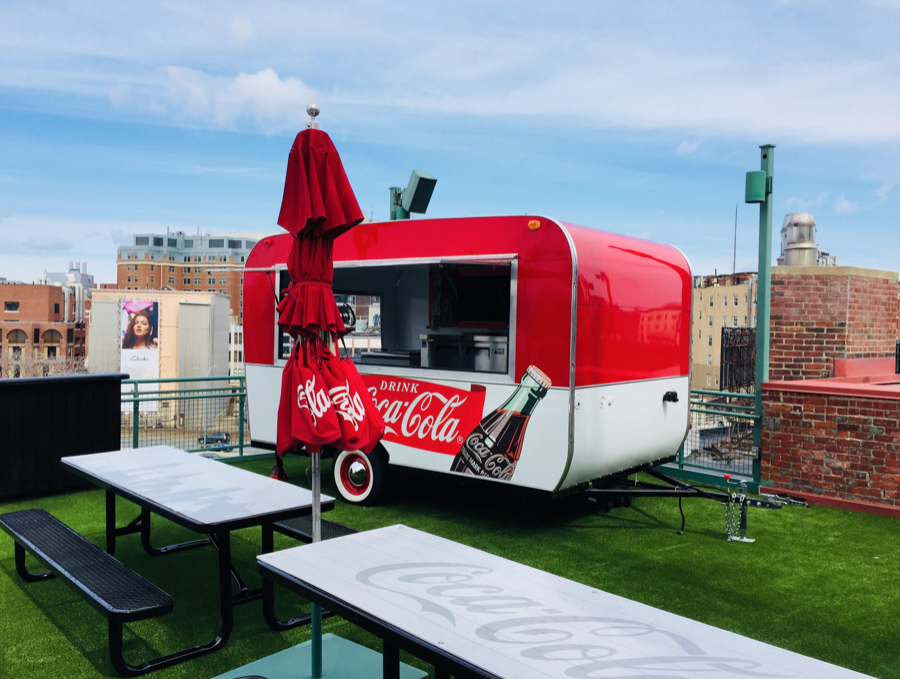
Craft soda (in addition to other beverages perceived as healthier) are taking measurable sales from international soda brands.
Recent forecasts suggest that the global craft soda market hitting a considerable 5.1% CAGR from 2019 through 2026 (pre-pandemic figures). (3w Market News Reports)
The beverage market valued at $52.5 billion, craft soda has a long way to go, though it is steadily growing within the industry. There is still room for growth considering the decline of traditional CSDs in the past 12 years. (Metro)
Related Reading: 25-Step Plan to Make Your Food Company a Reality
Some of the major players in the global craft soda market include and in no particular order are Appalachian Brewing Co., Reed’s, Inc., Tuxen Brewing Company, SIPP eco beverage co. Inc., Boylan Bottling Co., Jones Soda Co., Pepsi, Gus, Q Drinks, and Just Craft Soda. (PR Newswire)
Back in 2017, the global craft soda market was worth $600 million and was expected to hit $890 million by end of 2025 with a CAGR of 5.1% from 2018 through 2025 (pre-pandemic forecasts). (openPR)
Ken Graham, the founder of Soda Folks thinks that craft soda can penetrate the beverage market by 20% within a 5-year period. (Morning Advertiser)
In contrast, companies in India and China have focused on the direct selling business for the craft soda market.
Craft Soda Industry Trends
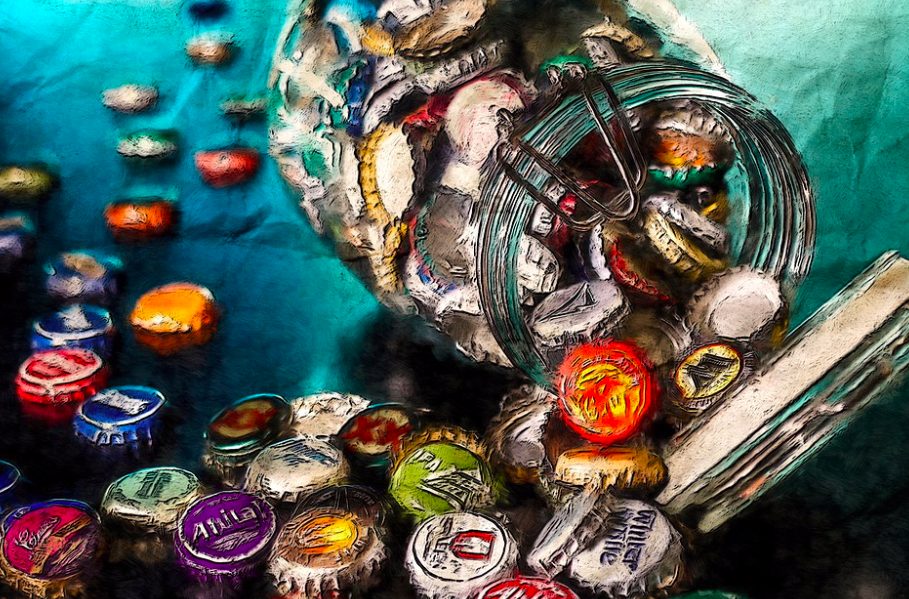
Craft soda bottle caps.
The consumers’ inclination towards a healthier lifestyle by ditching excessive sugary drinks for low-calorie and low-sugar drinks has driven the growth of craft soda in the beverage industry. (3w Market News Reports)
Other market growth drivers include obesity concerns, advancements in technology, and shifting consumer preference for organic and more natural drinks. However, other alternative health beverages such as RTD teas, are considered to hinder the market growth of craft sodas. (PR Newswire)
Top Trends Before the Pandemic
- Functional Benefits. Recent studies suggest that 52% of beverage consumers globally, look for an energy boost from their favorite drinks, hence the popularity of beverages which boost concentration. However, consumers also look for functional benefits such as weight loss, gut health, and beauty. Flavors made of natural ingredients are also becoming a trend such as matcha, aloe vera, and turmeric. (RC Cola)
- Authenticity. Millennials are on the verge of overtaking the Baby Boomer generation as the largest population of adults in the U.S. according to U.S. Census Bureau projections. Millennials treat every product or service they acquire as an experience. As such, functional and authentic beverages appeal more to this generation and is reflected with the shift from CSDs to RTD teas, coffees, and other natural based beverages. (RC Cola)
- Water Hybrids. Juice-infused water and energy drinks are the current beverage trends. Soft drink companies see this as an opportunity as they continue to appeal to consumers while providing that health and functional benefits. Craft soda should see this trend also as a possible area of opportunity for growth. (RC Cola)
Another hindrance to the market growth of craft soda is said to be the growing social awareness of environmental protection. (3w Market News Reports)
Final Thoughts
With the explosion ongoing global shift to a healthier lifestyles by consumers, craft soda is poised to gain a substantial market share in the near future. The decline of carbonated soft drinks or CSDs in recent years has reshaped the beverage market, opening the doors to new functional beverages such as energy drinks and twists on old favorites like iced tea.
Presented in unique flavors and natural ingredients, craft sodas set themselves apart from other functional beverages available in the market. You could say craft soda is the best of both worlds. You get the bubbly taste of CSDs but less of the sugar, while also enjoying natural ingredients.
If you’re planning to start a craft soda brand, be sure to sign up for our free Food Business Startup Kit. You’ll immediate access to our food business model templates, cost spreadsheets, and exclusive interviews with the world’s most successful beverage innovators.
